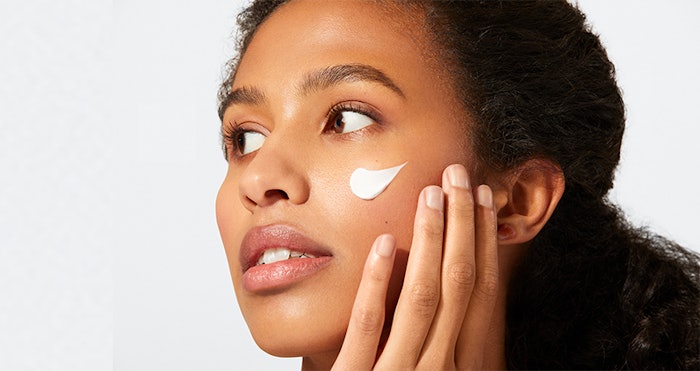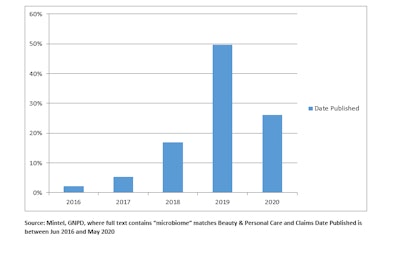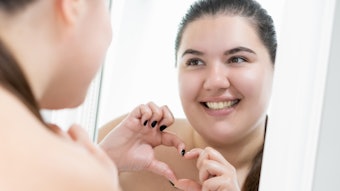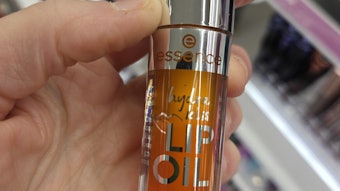
Consumers are more aware of the term “The Skin Microbiome” than ever before, yet a complete understanding of the skin microbiome is still emerging. How can skincare brands communicate and launch products that specifically consider the skin microbiome today? A brief history of the skin microbiome, evolving market trends for microbiome-focused skincare and key takeaways for ingredient selection provide guidance to answer this question.
Microbiome 101 and The Consumer Education Journey
Consumer understanding of the Skin Microbiome has trickled down from the breakthrough results of the Human Genome Project in the late 2000s. The project sparked new ideas and approaches to understanding the nonhuman DNA that forms our superorganism: the bacteria, bacteriophage, fungi, protozoa and viruses collectively forming our “microbiome.” In 2008, the Human Microbiome Project was launched by the National Institute of Health and concluded in 2013 having generated over 14 terabytes of data from 300 individuals.
By 2014, The New York Times wrote about the novel ideal that millions of bacteria lived on our skin and that brands were leveraging this fact to deliver benefits. By 2020, Byrdie officially declared the Skin Microbiome “the next big thing,” flanked by articles in Vogue, Elle and a host of other publications in late 2018 and 2019. Consumers, who had become aware of the importance of maintaining a healthy gut and how the “3 P’s” can help (Prebiotics, Probiotics, Postbiotics) were now becoming aware of the “Skin Microbiome.” Today, many consumers know these basics: their skin is home to microorganisms and that an imbalanced or unstable microbiome is bad.
The Emerging Positioning of the Microbiome
We are likely on the verge of a major wave of new products designed to support a healthy microbiome. Between 2016 and 2020, the number of products referencing prebiotics and probiotics dramatically increased. In short order, references to the “microbiome” began to grow: the first half of 2020 saw more launches referencing “microbiome” than all of 2018, according to Mintel GNPD.
Traditional and indie brands alike are leveraging the term. Dove, Johnson and Johnson, Aveeno, Ren, Tula, and Indie Lee are just a few brands using microbiome claims and providing consumer education. New product directors interested in joining this trend can take stock of two key characteristics of these launches to inform their next project.
The Number of New Launches Referencing “Microbiome”

The first approach is driven by promising new research. For example, recent studies have suggested promoting proper ratios of species in the microbiome can inhibit bad actors, such as S. aureus, from secreting toxins linked to Atopic Dermatitis. Other brands, such as Aveeno, have dedicated websites showcasing clinical studies promoting pre-biotic ingredients and outcomes that promote the diversity and balance of the microbiome in relation to moisturization.
On the other hand, some standards and research are helping brand leaders develop products with the microbiome in mind, even if they don’t use specialty prebiotics or probiotics. This is useful because everyone’s microbiome is impacted by their unique environment, food intake and genetic identity making sweeping conclusions and clinical trials very difficult. For this group, a simpler approach can be to choose ingredients with known skin therapy benefits that do no harm to the microbiome.
One criterion for doing no harm is maintaining microbiome stability which is a characteristic of healthy skin. Another criterion is to ensure a diverse number of species are in proportion to each other. These two characteristics – diversity and stability – are keys to success. Aprinnova, for example, has evaluated the impact of Neossance™ Squalane, a natural and sustainable emollient used by top brands in skincare, on the microbiome. The study concluded that Neossance™ Squalane maintained a stable microbiome while increasing the diversity of the microbiome by 17.9%. As Squalane can be used in cremes, lotions, serums and more, it is an ideal go-to ingredient for launches considering the microbiome.
As new studies and standards like the MyMicrobiome offer clarity, choosing microbiome friendly ingredients now will nourish growth for new skincare launches for years to come.
Disclaimer:
The above paid-for content was produced by and posted on behalf of the Sponsor. Content provided is generated solely by the Sponsor or its affiliates, and it is the Sponsor’s responsibility for the accuracy, completeness and validity of all information included. Cosmetics & Toiletries takes steps to ensure that you will not confuse sponsored content with content produced by Cosmetics & Toiletries and governed by its editorial policy.










